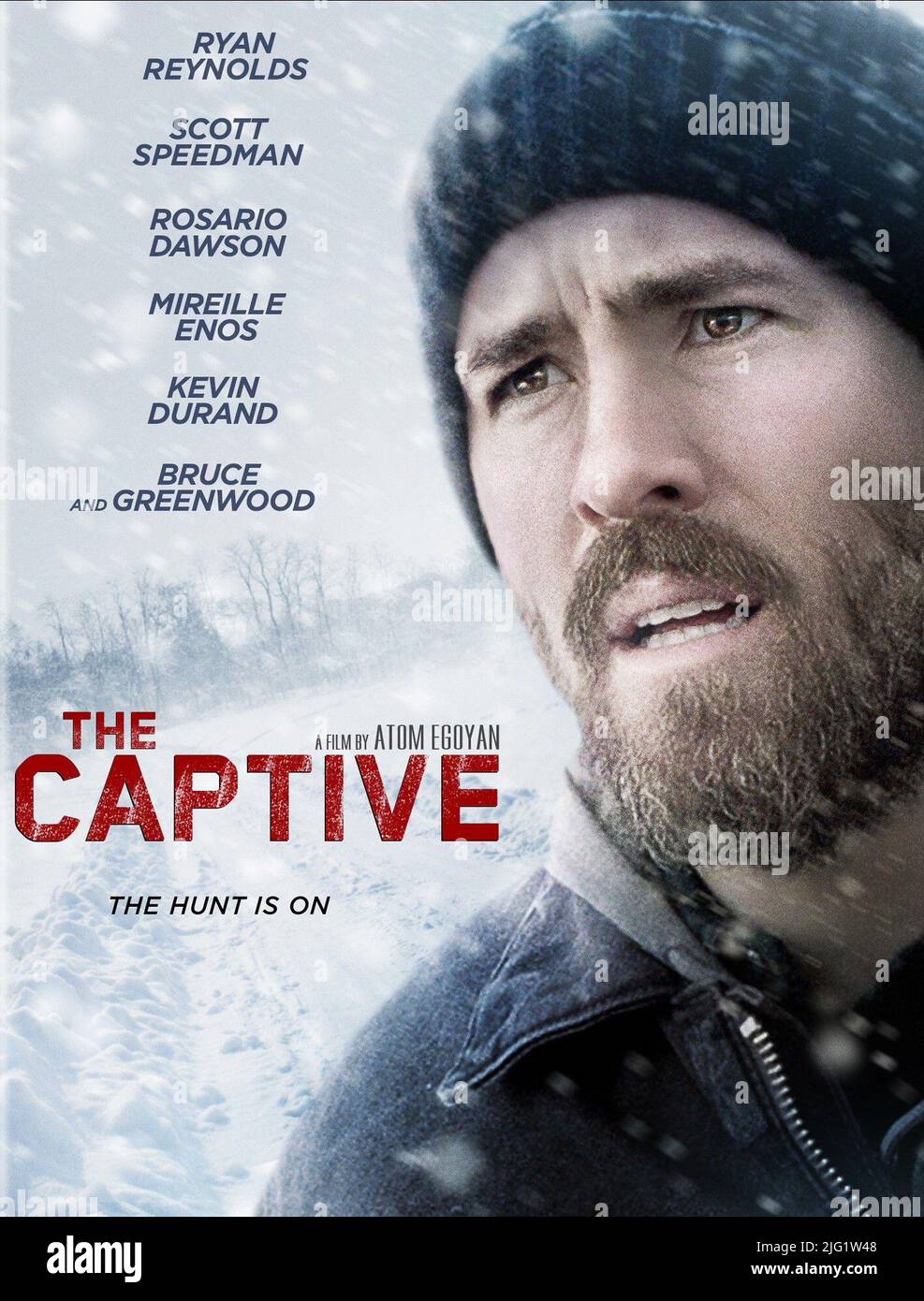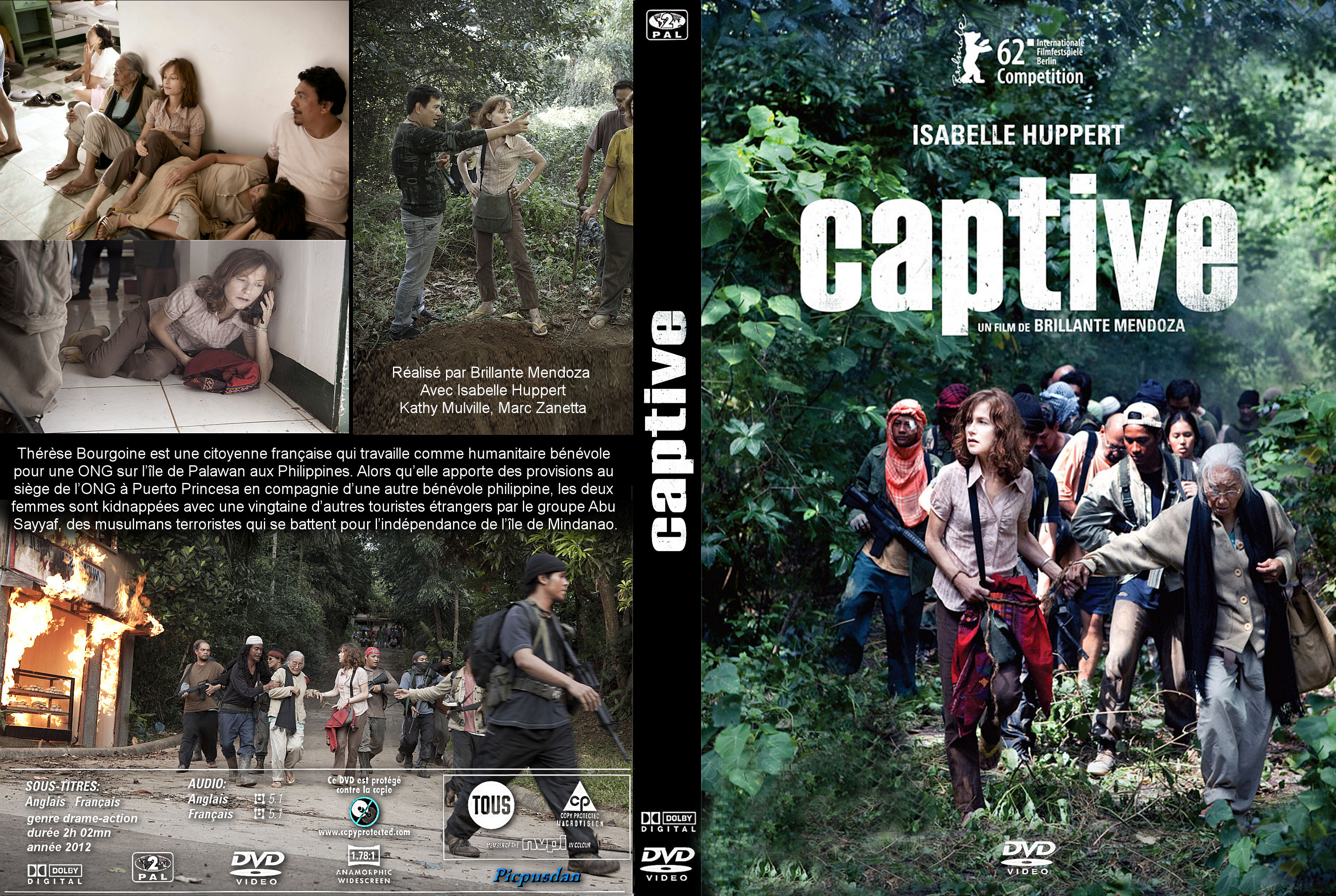
Turtle Island’s Last Stand: The Critical Role of Captive Breeding in Saving Our Reptilian Heritage
From the sun-drenched beaches where ancient sea turtles lay their eggs to the murky depths of freshwater rivers, turtles across the globe are fighting a losing battle. Habitat destruction, relentless poaching, the relentless march of climate change, and the silent suffocation of plastic pollution have pushed an alarming number of species to the brink. In this escalating crisis, "Turtle Island" – a conceptual haven representing the collective global effort to protect these keystone reptiles – finds its most crucial weapon in captive breeding programs. These initiatives, once viewed with skepticism, have evolved into sophisticated lifelines, offering a glimmer of hope for species teetering on the precipice of extinction.
The urgency of this intervention cannot be overstated. Of the more than 350 species of turtles and tortoises, a staggering 60% are considered threatened with extinction. This makes turtles one of the most endangered groups of vertebrates on Earth. Their slow reproductive rates, long lifespans, and specific habitat requirements make them particularly vulnerable to rapid environmental changes and human pressures. When a species’ wild population dwindles to a handful, often due to a catastrophic event or persistent predation, natural recovery becomes a near impossibility. This is where captive breeding steps in, not as a primary solution to the broader ecological crisis, but as an indispensable emergency measure, a biological intensive care unit for the planet’s most vulnerable shelled inhabitants.
The philosophy behind captive breeding is deceptively simple: bring endangered individuals into a controlled environment, facilitate their reproduction, and release their offspring back into the wild to bolster or re-establish populations. The reality, however, is a complex dance of science, ethics, and immense dedication. The journey typically begins with the careful selection of a "founder population" – a small group of individuals captured from the wild or rescued from illegal trade. The paramount concern here is genetic diversity. A genetically diverse founder group minimizes the risks of inbreeding, which can lead to reduced fertility, increased susceptibility to disease, and overall weakened populations. Scientists employ sophisticated genetic analyses to map lineages and ensure a healthy mix, often tracking hundreds of markers to build a robust genetic profile for the captive cohort.
Once established, these captive populations are housed in meticulously designed facilities that replicate their natural habitats as closely as possible. For aquatic species, this means vast, filtered tanks with appropriate substrate, temperature, and light cycles. Terrestrial tortoises might inhabit expansive, predator-proof enclosures mimicking their native scrublands or forests. Diet is another critical factor, tailored to mimic natural foraging, ensuring proper nutrition for growth and reproduction. Artificial incubation is common, allowing for precise control over temperature and humidity, which can even influence the sex ratio of the hatchlings in many turtle species. For instance, warmer incubation temperatures often produce more females in sea turtles, a factor conservationists carefully manipulate to ensure a balanced population structure for future release.
One of the most effective strategies employed in captive breeding is "head-starting." This involves raising hatchlings or juveniles in a protected environment until they reach a size where they are less vulnerable to natural predators. In the wild, turtle hatchlings face overwhelming odds; only a tiny fraction survive their first year. Head-starting significantly increases their survival rate, giving them a crucial developmental head start before they are released. For species like the critically endangered Blanding’s turtle in North America, head-starting programs have been instrumental. Hatchlings are collected, raised for one to two years until their shells are harder and they are larger, and then released into restored wetlands. This targeted intervention bypasses the most perilous stage of their life cycle, dramatically improving their chances of reaching reproductive maturity.

The success stories emanating from these "Turtle Island" efforts are both inspiring and vital. Perhaps one of the most famous is that of Diego, a Española giant tortoise ( Chelonoidis hoodensis ) from the Galápagos. When the wild population on Española Island dwindled to just 15 individuals in the 1960s, Diego was brought from the San Diego Zoo to join a captive breeding program. Over decades, Diego became a prolific sire, fathering an estimated 800-plus offspring, single-handedly pulling his species back from the brink. In 2020, at over 100 years old, Diego was finally returned to his native Española, a testament to the power of targeted captive breeding.
Similar triumphs are emerging for species like the Ploughshare tortoise (Astrochelys yniphora) from Madagascar, often considered the world’s most endangered tortoise due to relentless poaching for the illegal pet trade. Captive breeding facilities, both in Madagascar and abroad, are working tirelessly to establish assurance colonies, producing offspring that might one day repopulate their decimated wild habitats. Sea turtle conservation also heavily relies on captive breeding, albeit often focused on rehabilitation and head-starting. Programs across Southeast Asia, the Caribbean, and Australia collect eggs from vulnerable nests, incubate them safely, and release thousands of hatchlings, bolstering wild populations of green, hawksbill, and leatherback turtles. These efforts are often combined with community engagement, turning local residents into guardians of the nests.
However, captive breeding is not without its significant challenges and criticisms. The most prominent concern is the risk of genetic bottlenecks and inbreeding depression if founder populations are too small or poorly managed. A limited gene pool can make a species less adaptable to environmental changes and more susceptible to disease. The cost of maintaining these facilities and specialized care is also astronomical, demanding substantial and sustained funding. Critics also raise questions about the "wildness" of captive-bred animals. Do they retain the necessary foraging skills, predator avoidance behaviors, and social cues to thrive in the complex, unforgiving natural world? Acclimatization periods and soft releases – where animals are gradually introduced to their new environment – are often employed to mitigate these issues, but success is not guaranteed.
Disease transmission is another serious concern. Captive animals can be exposed to novel pathogens or develop resistance to diseases that could then spread to wild populations upon release, or vice versa. Strict biosecurity protocols are therefore essential. Furthermore, simply releasing turtles into habitats that are still degraded or threatened by the same factors that caused their decline is a futile exercise. Captive breeding must always be part of a broader, integrated conservation strategy that includes habitat restoration, anti-poaching measures, community education, and policy changes to address the root causes of endangerment. As Dr. George Amato, Director of the Sackler Institute for Comparative Genomics at the American Museum of Natural History, once noted, "Captive breeding is not a silver bullet, but it’s a critical tool in the conservation toolbox when all other options are failing."
Looking ahead, the future of captive breeding on "Turtle Island" will likely involve even greater scientific sophistication. Advances in genomics will allow for more precise genetic management, minimizing inbreeding and maximizing diversity. Reproductive technologies, such as artificial insemination and cryopreservation of gametes, could expand options for species with limited breeding success in captivity or those with geographically dispersed individuals. Satellite tagging and drone monitoring will enhance post-release tracking, providing invaluable data on survival rates and behavioral adaptation.
Ultimately, captive breeding programs are a testament to humanity’s capacity for both destruction and redemption. They represent a monumental investment of time, resources, and scientific expertise to correct past mistakes and prevent the irreversible loss of unique evolutionary lineages. While the ideal scenario is always for species to thrive in their natural habitats without human intervention, for many turtles, that dream is a distant memory. On "Turtle Island," the hum of incubators, the careful hands of biologists, and the quiet splash of hatchlings represent not just a last resort, but a profound commitment to ensuring that these ancient mariners continue their journey on Earth for generations to come. The fate of countless turtle species now rests on our continued ability to nurture life behind protective walls, hoping one day to set them free to reclaim their rightful place in the wild.



